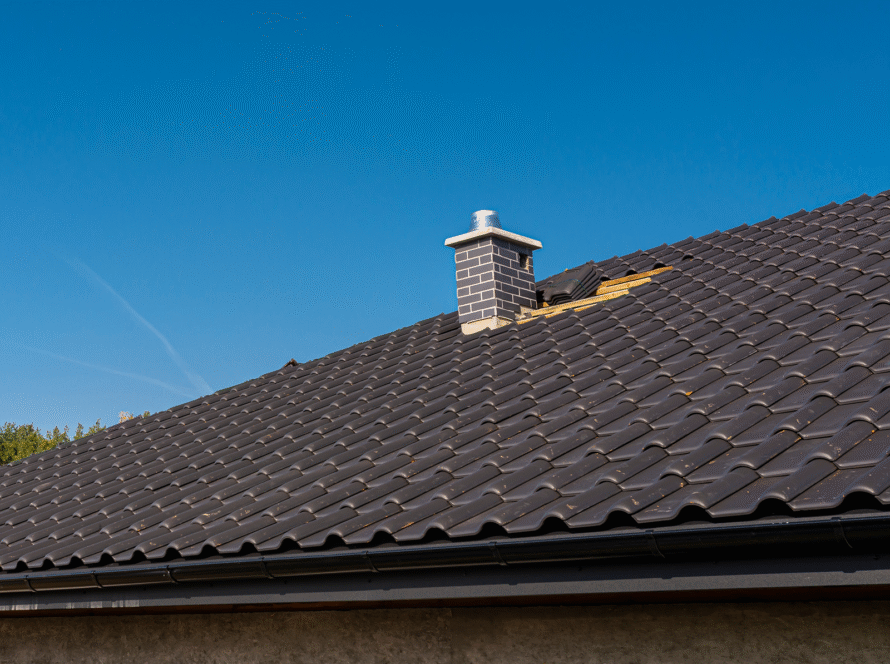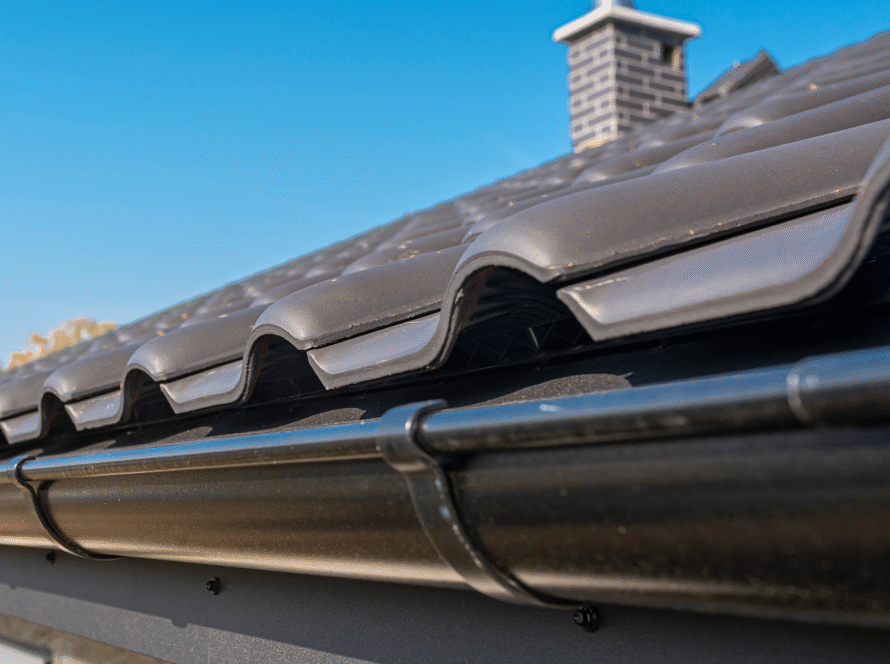Your roof protects everything beneath it. Over time, even the best roofs begin to show signs of failure. Knowing when to replace it can save you thousands in long-term damage. In this post, we’ll help you recognize five warning signs before it’s too late.
Ignoring roof damage can lead to mold, leaks, or insulation loss. Homeowners should monitor their roof regularly and act quickly to prevent expensive repairs and structural complications.
Shingle Damage or Curling
If your shingles are curling, cracked, or missing, your roof’s weather barrier is failing. These visible flaws usually mean the material has reached the end of its usable life.
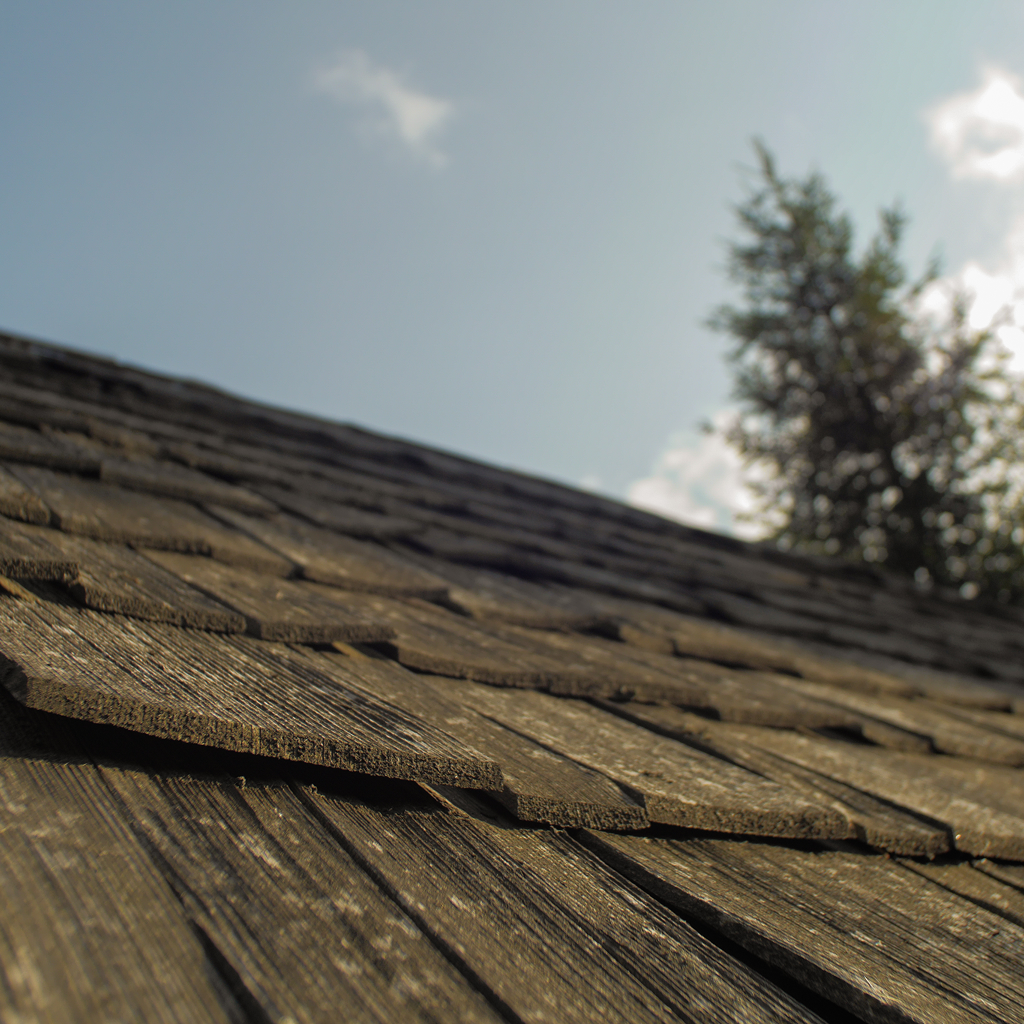
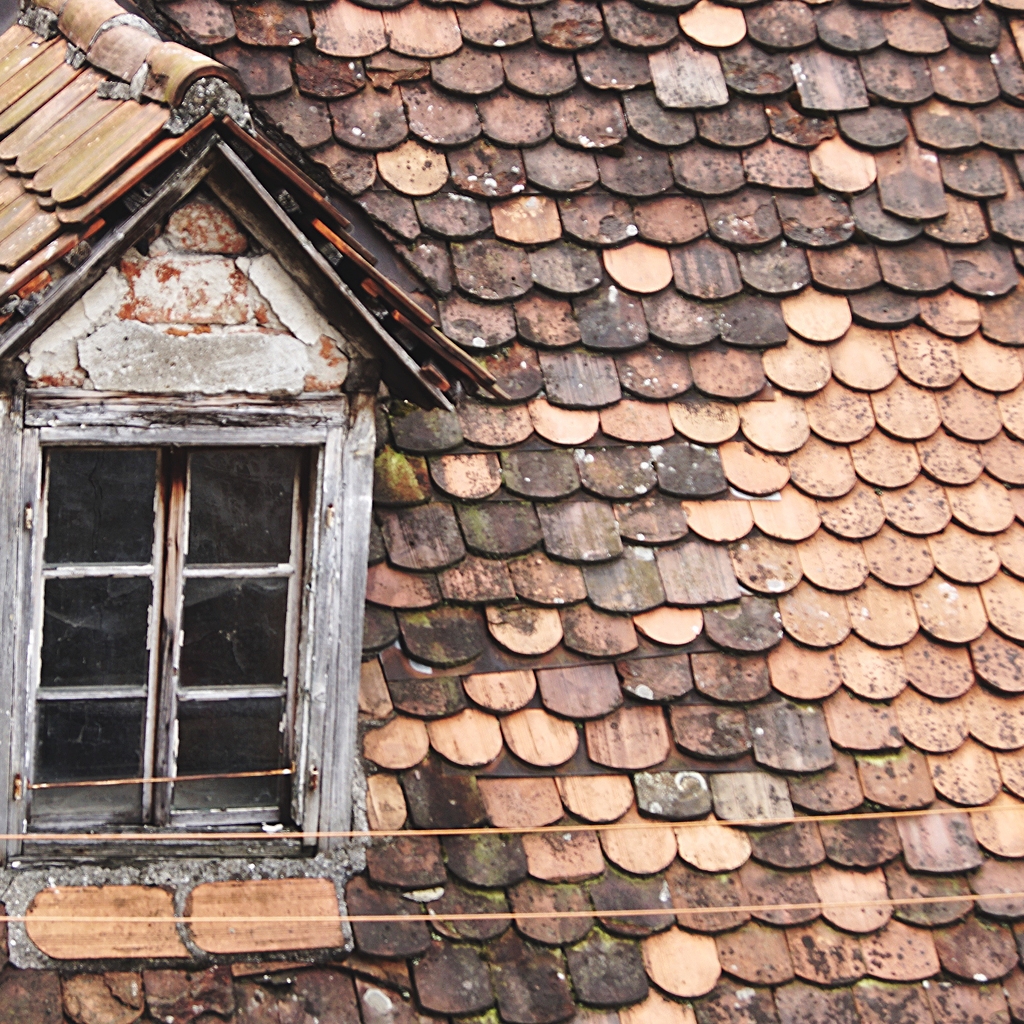
Shingle damage is the first visible indicator of aging. It’s not just cosmetic — exposed areas can let in moisture and compromise your home’s entire upper structure.
Once water starts entering through weak spots, damage spreads fast — not just to the roof, but to attic insulation, walls, and electrical areas. Replacing shingles might help short-term, but full replacement is often the smarter investment when the damage is widespread.
“A healthy roof means a healthy home.”
Don’t wait for major damage. If your shingles are failing, call a professional roofer to inspect the full surface and recommend next steps with a long-term view.
Sagging or Soft Spots
If your roof has any areas that dip or feel soft underfoot, it likely means structural wood beneath is rotting. This is a serious sign that the entire roofing system may be failing and needs immediate replacement.
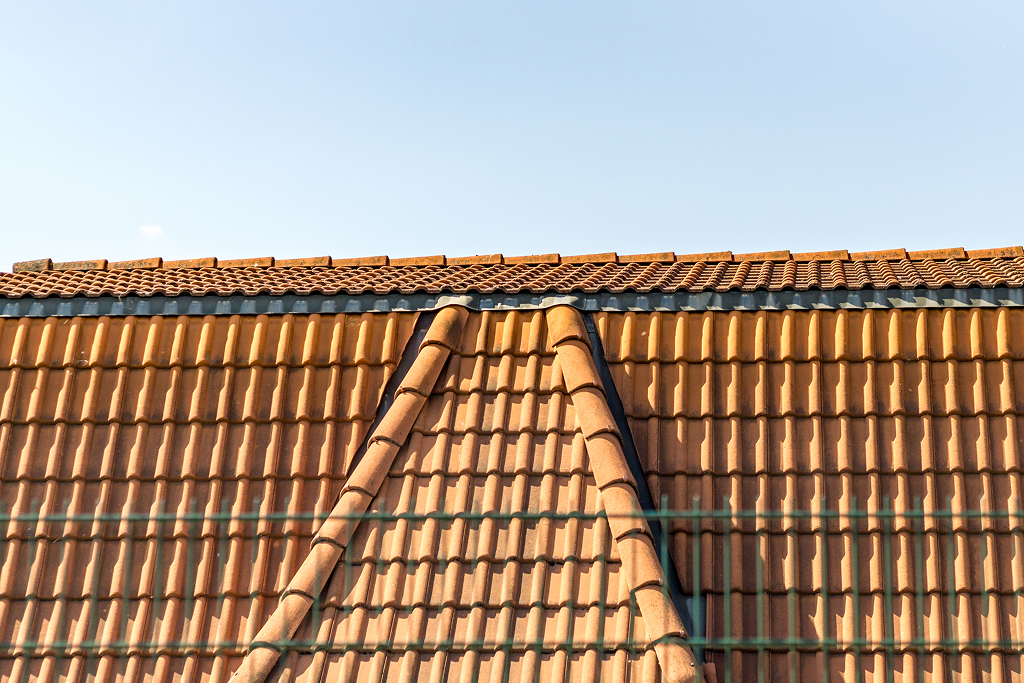
Addressing sagging areas quickly prevents collapse and water intrusion. Always have a licensed roofer evaluate these spots to check for framing or decking failure. Early action saves on major reconstruction costs.

